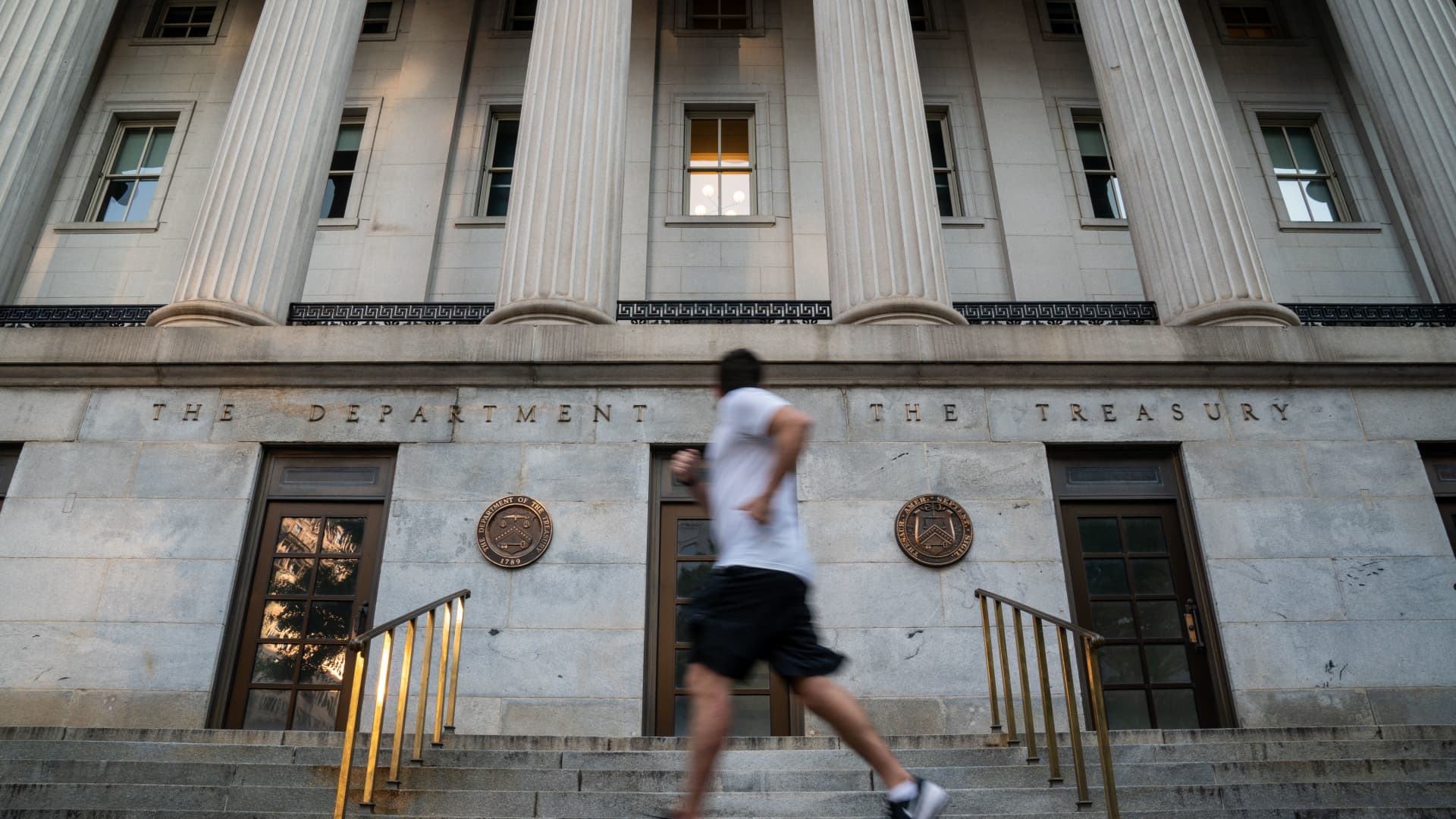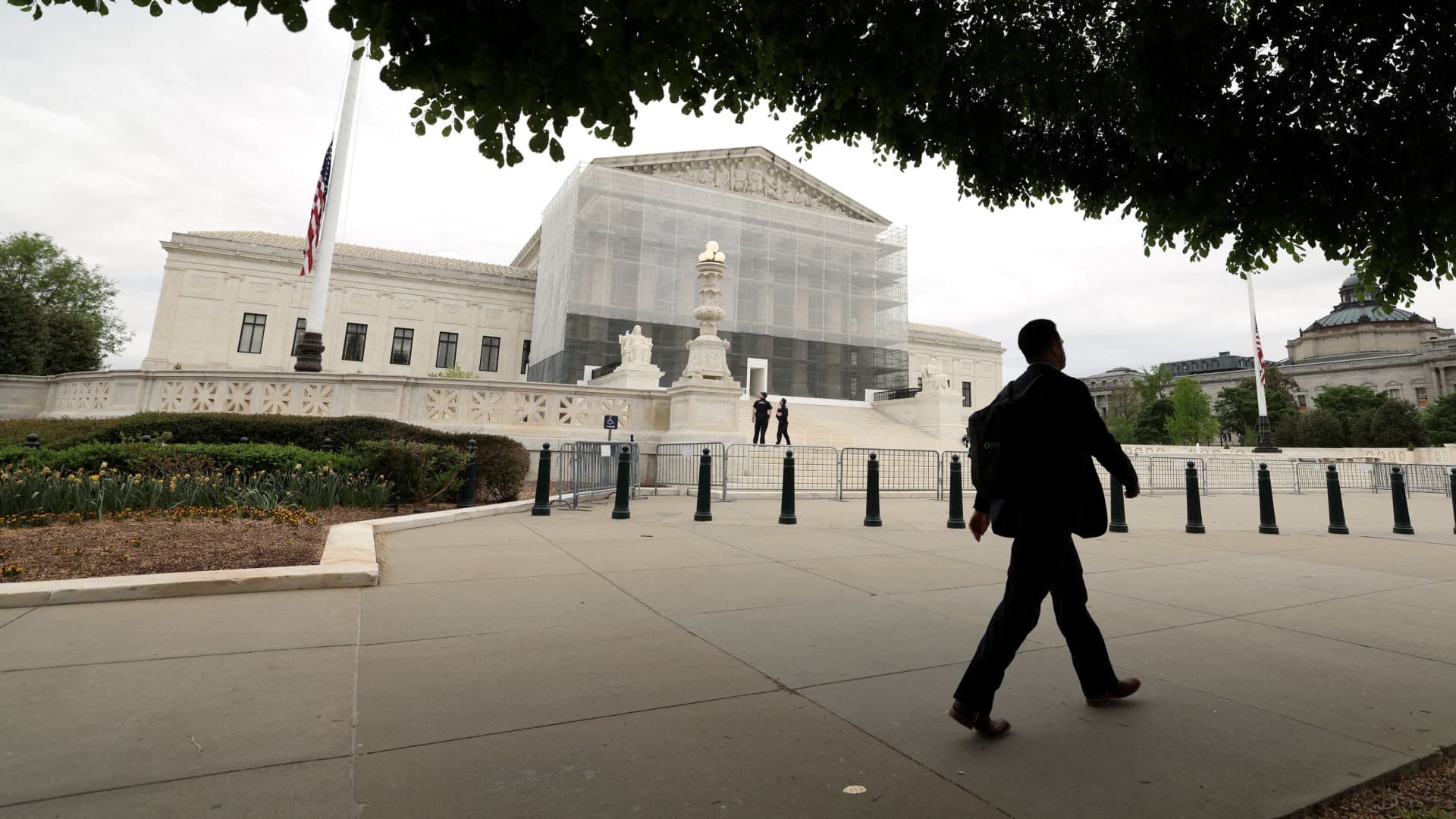Now Reading: Moody’s downgrades United States credit rating, citing growth in government debt
-
01
Moody’s downgrades United States credit rating, citing growth in government debt
Moody’s downgrades United States credit rating, citing growth in government debt

Moody’s Ratings has reduced the United States’ sovereign credit rating by one level to Aa1 from Aaa, the highest possible, due to the increasing challenge of financing the federal government’s budget deficit and the escalating cost of rolling over existing debt amid high interest rates. The rating agency stated that this downgrade on their 21-notch rating scale reflects the rise in government debt and interest payment ratios over more than a decade to levels notably higher than similarly rated sovereigns.
The decision to lower the credit profile of the United States is expected to slightly raise the yield demanded by investors to purchase U.S. Treasury debt to account for more risk, possibly affecting sentiment towards owning U.S. assets, including stocks. Despite this, all major credit rating agencies still award the United States their second-highest rating.
Following the downgrade, the yield on the benchmark 10-year Treasury note increased by 3 basis points in after-hours trading to 4.48%. Meanwhile, the iShares 20+ Year Treasury Bond ETF, which mirrors longer-term debt prices, dropped about 1% in after-hours trading, and the SPDR S&P 500 ETF Trust, tracking the U.S. stock market benchmark index, fell by 0.4%.
Moody’s had previously upheld the U.S. sovereign debt at the top credit rating, aligning with its competitors now. Standard & Poor’s downgraded the U.S. to AA+ from AAA in August 2011, and Fitch Ratings also lowered the U.S. rating to AA+ from AAA in August 2023. The agency stated that successive U.S. administrations and Congress have not agreed on measures to reverse the trend of large fiscal deficits and growing interest costs.
The U.S. is facing a significant budget deficit as interest costs for Treasury debt continue to climb due to higher rates and increased principal debt issuance. Moody’s analysts forecast that federal deficits will expand, reaching nearly 9% of GDP by 2035, with the federal debt burden projected to increase to about 134% of GDP by 2035.
The Moody’s downgrade coincided with the GOP-led House Budget Committee rejecting a broad tax cut package as part of President Donald Trump’s economic agenda. The move by Moody’s was seen as symbolic, indicating the strain on U.S. debts and deficits. This event comes as Treasury yields rose and the dollar weakened after Trump imposed high tariffs on imports, possibly leading investors to seek alternative safe investment options.
Fred Hickey, a tech stocks observer, referred to the Moody’s downgrade as a significant development, expecting bond and dollar values to decline and the price of gold to rise in response. Moody’s had initially rated U.S. bonds in 1993 but had maintained a “country ceiling rating” of AAA for the U.S. since 1949.






